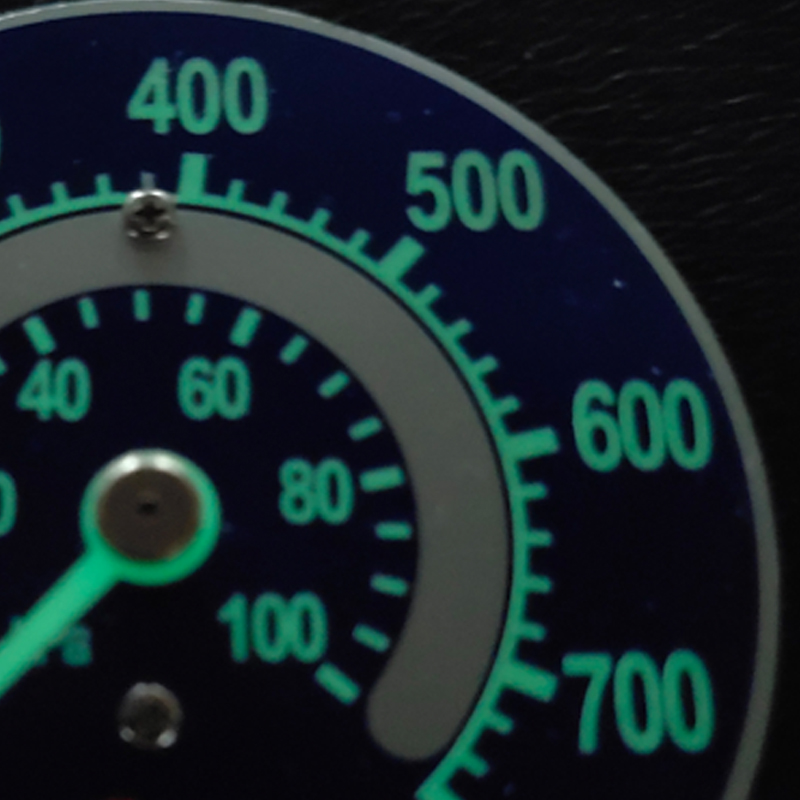
Nov . 20, 2024 05:14 Back to list
diaphragm pressure sensing element product
Understanding Diaphragm Pressure Sensing Elements Applications and Benefits
Diaphragm pressure sensing elements are pivotal components in a variety of industries, particularly within the realms of instrumentation and automation. These devices are increasingly sought after due to their precision, reliability, and ability to withstand harsh environments. This article delves into the functionality of diaphragm pressure sensors, their applications, advantages, and considerations for selection.
What is a Diaphragm Pressure Sensing Element?
At its core, a diaphragm pressure sensing element consists of a flexible membrane or diaphragm that responds to changes in pressure. When pressure is applied, the diaphragm deforms, allowing for the conversion of mechanical displacement into a measurable electrical signal. This process typically involves strain gauges or capacitive sensors that detect the movement of the diaphragm. The resulting signal is proportional to the applied pressure and can be utilized for various monitoring and control applications.
Types of Diaphragm Pressure Sensors
Diaphragm pressure sensors come in several configurations, addressing different need specifications across industries
1. Absolute Pressure Sensors Measure pressure relative to a perfect vacuum, providing critical data in applications like altimetry in aerospace.
2. Gauge Pressure Sensors Measure pressure relative to atmospheric pressure. These are commonly used in applications like tire inflation monitoring.
3. Differential Pressure Sensors Measure the difference between two pressure points, essential for monitoring flow rates in HVAC systems.
Each type of sensor offers unique characteristics, allowing for tailored solutions to specific operational requirements.
Applications of Diaphragm Pressure Sensors
Diaphragm pressure sensing elements are found in numerous fields, including
- Industrial Automation Used in process control systems for monitoring pressure in piping and tanks.
- Medical Devices Critical for devices such as ventilators and infusion pumps, where precise pressure measurements are essential for patient safety.
- Automotive Industry Employed in various applications, from monitoring tire pressure to managing fuel systems.
- Aerospace Essential for altitude and cabin pressure monitoring, ensuring the safe operation of aircraft
.diaphragm pressure sensing element product

- Oil and Gas Used for gauging pipeline pressure and ensuring safe operational levels in extraction and transportation processes.
Advantages of Diaphragm Pressure Sensors
1. High Sensitivity and Accuracy Diaphragm sensors are known for their precise readings, which is crucial in applications where even minor pressure variations can have significant consequences.
2. Robustness and Durability Designed to withstand high pressure, temperature fluctuations, and corrosive environments, these sensors are built to last in demanding conditions.
3. Minimal Maintenance With no moving parts and sealed designs, diaphragm sensors require minimal maintenance, reducing overall operational costs.
4. Compact Design Their small footprint makes them suitable for applications where space is at a premium, such as in portable devices or tight installations.
5. Wide Range of Measurement Capable of measuring both high and low-pressure ranges, diaphragm pressure sensors provide versatility across various applications.
Considerations for Selection
When choosing a diaphragm pressure sensing element, several factors need to be considered
- Pressure Range Ensure the sensor can handle the expected pressures within your specific application.
- Environmental Conditions Evaluate factors such as temperature extremes, exposure to corrosive materials, and potential for mechanical shock.
- Output Type Consider what type of output is needed for your system—analog, digital, or something else.
- Accuracy Requirements Depending on the application, different levels of accuracy may be needed; some applications will demand high fidelity, while others may not.
Conclusion
Diaphragm pressure sensing elements stand as essential tools across a multitude of industries, combining durability with exceptional accuracy. Their ability to function reliably in challenging environments and provide precise readings makes them an invaluable asset for modern technology. As we advance further into an era of automation and smart technology, the significance of diaphragm pressure sensors will undoubtedly grow, paving the way for greater efficiency and safety in various applications. Whether in industrial automation, healthcare, or transportation, understanding the role and capabilities of these components is pivotal for any professional working in engineering or related fields.
-
High-Precision Mass Diaphragm Pressure Gauge - Reliable & Durable Solutions
NewsJun.10,2025
-
Explain Diaphragm Pressure Gauge Expert Guide, Top Manufacturers & Quotes
NewsJun.10,2025
-
Affordable Differential Pressure Gauge Prices in China Top Manufacturers
NewsJun.10,2025
-
Reliable Water Fire Extinguisher Pressure Gauges for Safety
NewsJun.10,2025
-
Durable Diaphragm Protection Pressure Gauges Get Quote
NewsJun.09,2025
-
WIKA Differential Pressure Gauge with Switch Reliable Monitoring & Control
NewsJun.09,2025
